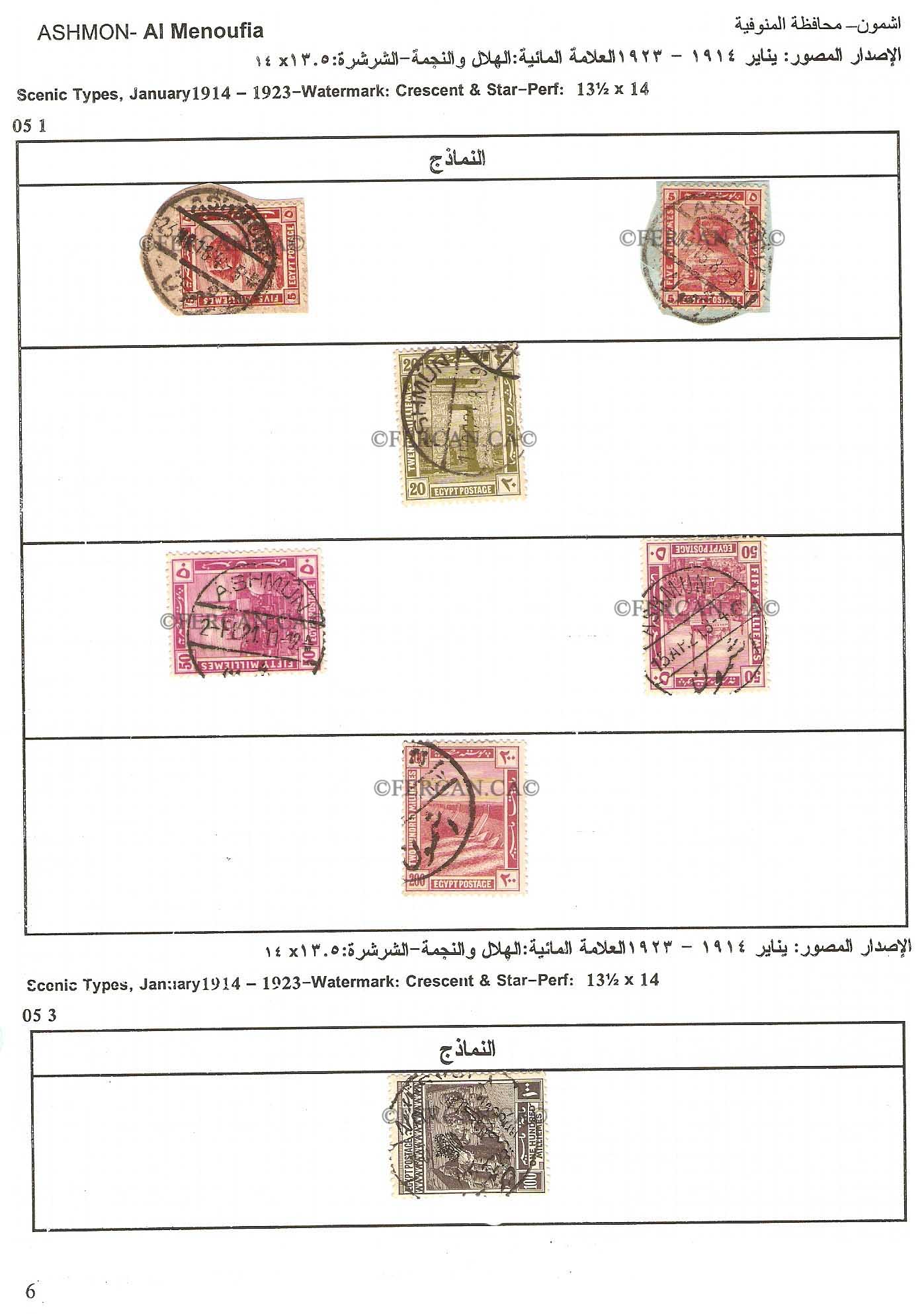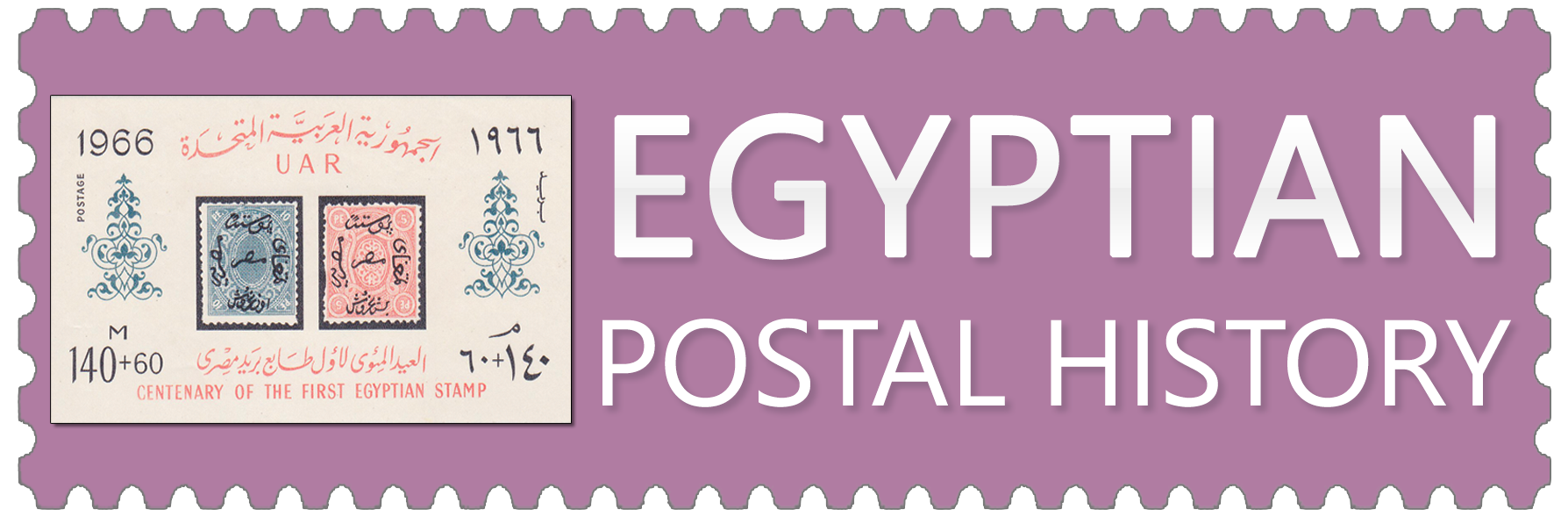Ashmun is an ancient city that dates back to the Pharaonic era. Its Pharaonic name consisted of ‘Ach,’ meaning the land, and ‘Amun’, the name of the greatest idol of the ancient Egyptians. The name might therefore be translated as ‘The Land of Amun is on the Moon’. At the entrance to Achmoun city is a large sign, in large letters, which reads, ‘Land of the Moon.’
In Ashmun there are the archaeological remains of a Roman fort under the foundations of the old Omari Mosque. Most of the villages in Achmoun central district date back to the Pharaonic era and the ancient monuments in this area have fallen victim to neglect by the Antiquities authorities and to theft by unknown persons. Ashmun’s ancient hills, such as Abashti Hill, or what is known as Kom Osim, and Red Kom in Talia, and antiquities in Thoai, Albrani, and so many other places, have also suffered neglect due to the nature of the agricultural clay ground and poor drainage that negatively affects these ancient monuments.





